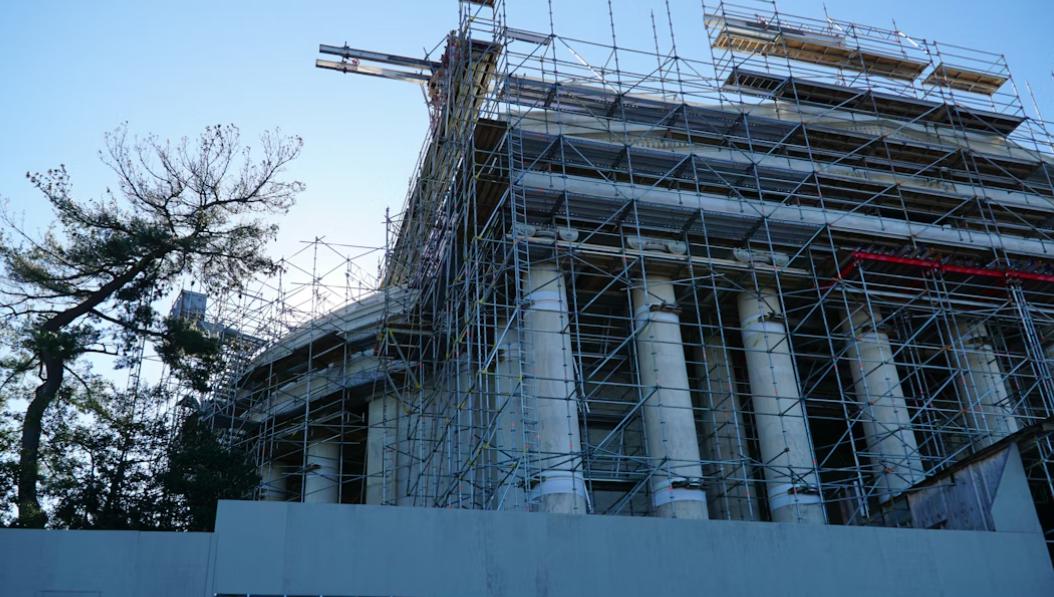Entering the real estate market as a developer can be both exciting and challenging. For those starting out, securing construction loans for beginners is often the first major step toward turning a development concept into a finished project. Lenders want assurance that the project is feasible, the borrower is prepared, and the investment will generate returns. This guide provides new developers with practical steps to build credibility, meet lender requirements, and access financing that fits their needs.
Understanding the Basics of Development Financing
Before approaching lenders, first-time developers need to understand the various financing structures available. Options such as construction and development loans, property development loans, and residential development loans cater to different project types and sizes. Knowing the purpose and repayment terms of each can help applicants select the right fit for their specific goals.
Lenders will assess the risk based on the project type, location, and borrower experience. By presenting a well-prepared plan and showing an understanding of funding types, developers can demonstrate professionalism and readiness, increasing their chances of approval.

Step One: Build a Strong Financial Foundation
Lenders need confidence in a borrower’s financial stability. This means preparing a clear picture of personal and business finances, including credit scores, debt-to-income ratios, and proof of existing assets.
In addition to personal documentation, new developers should outline their projected expenses and revenue streams. A detailed budget with realistic assumptions assures lenders that the project will remain financially viable throughout construction. Working with experienced advisors to strengthen these numbers can further boost credibility.
Developers can also benefit from reducing existing debt, improving credit utilization, and building a financial reserve before applying. These steps not only improve loan eligibility but also position the borrower as a responsible and low-risk candidate in the eyes of lenders.
Step Two: Create a Comprehensive Development Plan
A well-structured plan is more than just a vision statement—it is the backbone of a financing application. This plan should include:
- A clear project overview
- Location analysis
- Target marketdetails
- Construction timelines
- Marketing strategies for post-completion sales or leases
Including professional appraisals and feasibility studies adds weight to the proposal. Lenders appreciate seeing evidence-backed projections, especially for real estate development financing requests. The stronger and more detailed the plan, the easier it is to secure favorable development loan rates.
Step Three: Choose the Right Lender
Finding the right lender can make or break a first project. While traditional banks remain a common choice, private development loan lenders often provide more flexibility, faster approval times, and fewer restrictions on experience.
For example, borrowers seeking development loans for investors might find that private firms specialize in funding projects that banks hesitate to approve. Researching lender specialties and comparing terms can help first-time developers avoid costly mismatches.

Step Four: Prepare for the Application Process
When the plan is ready and a lender has been identified, it’s time to compile all necessary documentation. This usually includes:
- Personal financial statements
- Tax returns
- Business formation documents
- Construction contracts
- Architectural designs
- Land surveys and permits
The application stage is where many new developers face delays. To avoid setbacks, ensure that every document is complete and accurate before submission. This preparation signals professionalism and improves the likelihood of securing development funding for real estate.
Step Five: Leverage Collateral and Guarantees
Collateral can strengthen a loan application, particularly for development loans for commercial real estate or larger residential projects. This may include existing properties, equipment, or other valuable assets.
Personal guarantees, while risky, can also reassure lenders when dealing with applicants with limited experience. Offering collateral demonstrates commitment and reduces perceived risk, making lenders more willing to offer favorable terms.
Step Six: Maintain Transparent Communication
Once the loan process begins, keeping open communication with the lender is essential. Respond promptly to requests for information, clarify any concerns, and provide regular updates.
Transparency builds trust, which can lead to more favorable terms for future projects. Establishing a positive relationship early can make it easier to access funding for larger developments later.
Step Seven: Plan for Post-Loan Management
Securing the loan is only the beginning. Developers should have a clear strategy for managing funds, tracking expenses, and meeting repayment schedules. This includes monitoring cash flow closely and being ready to adjust timelines if unexpected delays occur.
Lenders will often continue to monitor the project’s progress. Staying organized and meeting agreed milestones ensures a smoother process and positions the developer for future opportunities.

Common Mistakes First-Time Developers Should Avoid
- Overestimating profits:Inflated expectations can lead to cash flow shortages.
- Neglecting permit requirements:Missing approvals can delay construction and funding.
- Choosing the wrong financing type:A mismatch between the loan structure and project needs can cause repayment issues.
- Ignoring market conditions:Failing to assess demand can hurt project viability.
By avoiding these mistakes, new developers can increase their chances of successfully completing their first project with the right development financing options in place.
Take the First Step Toward Your Development Goals
Securing a loan as a first-time developer requires preparation, credibility, and a deep understanding of financing options. By selecting the right loan type, presenting a thorough project plan, and demonstrating financial responsibility, new developers can position themselves for success. Partnering with experienced professionals and conducting thorough market research adds further strength to an application.
For those looking to turn their first project into a reality, construction and development loans, development project financing, and property development loans can provide the foundation needed. Reach out to Insula Capital Group to learn how expert guidance can help secure the funding that brings your vision to life. Check out our loan application process.
Contact us today.




